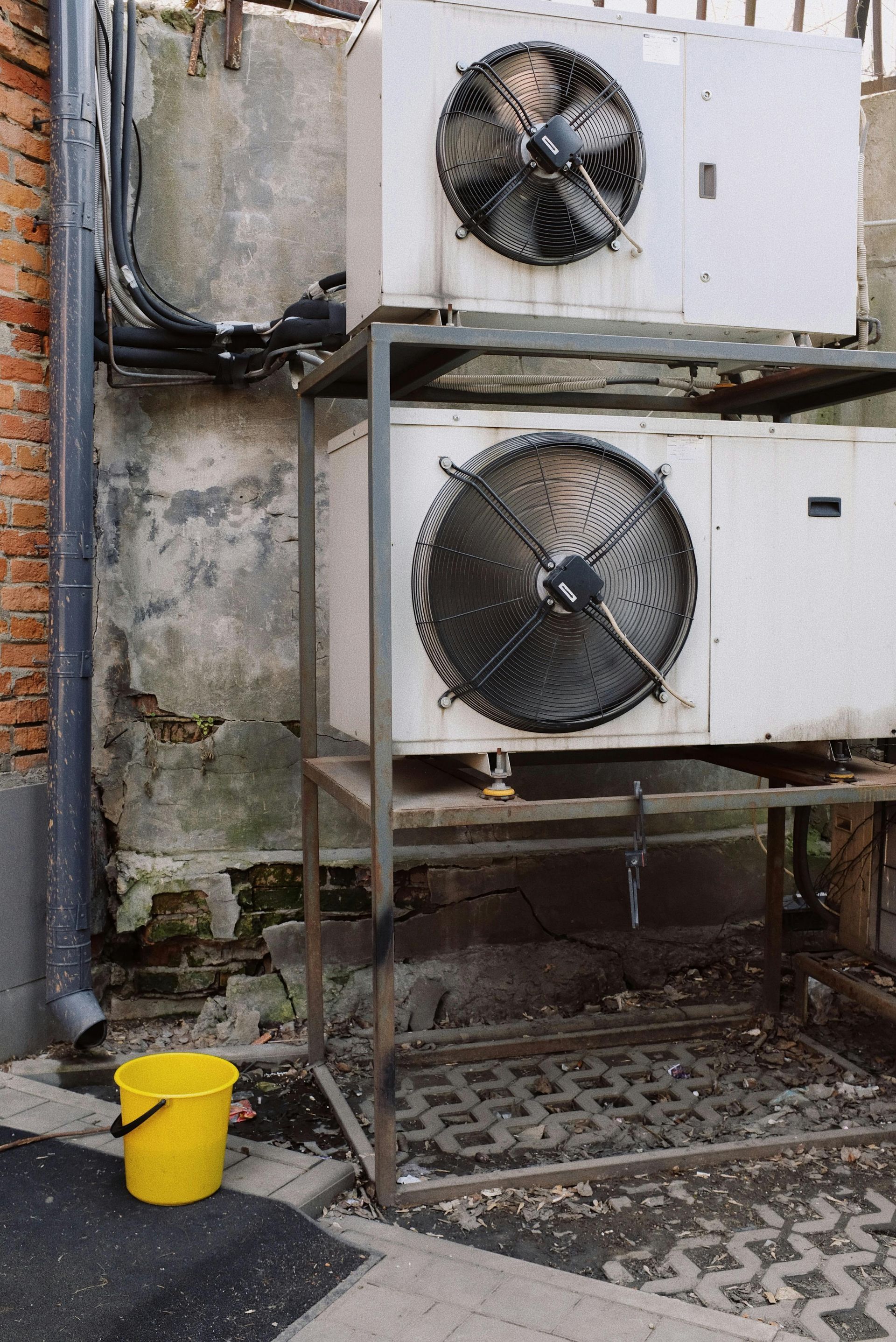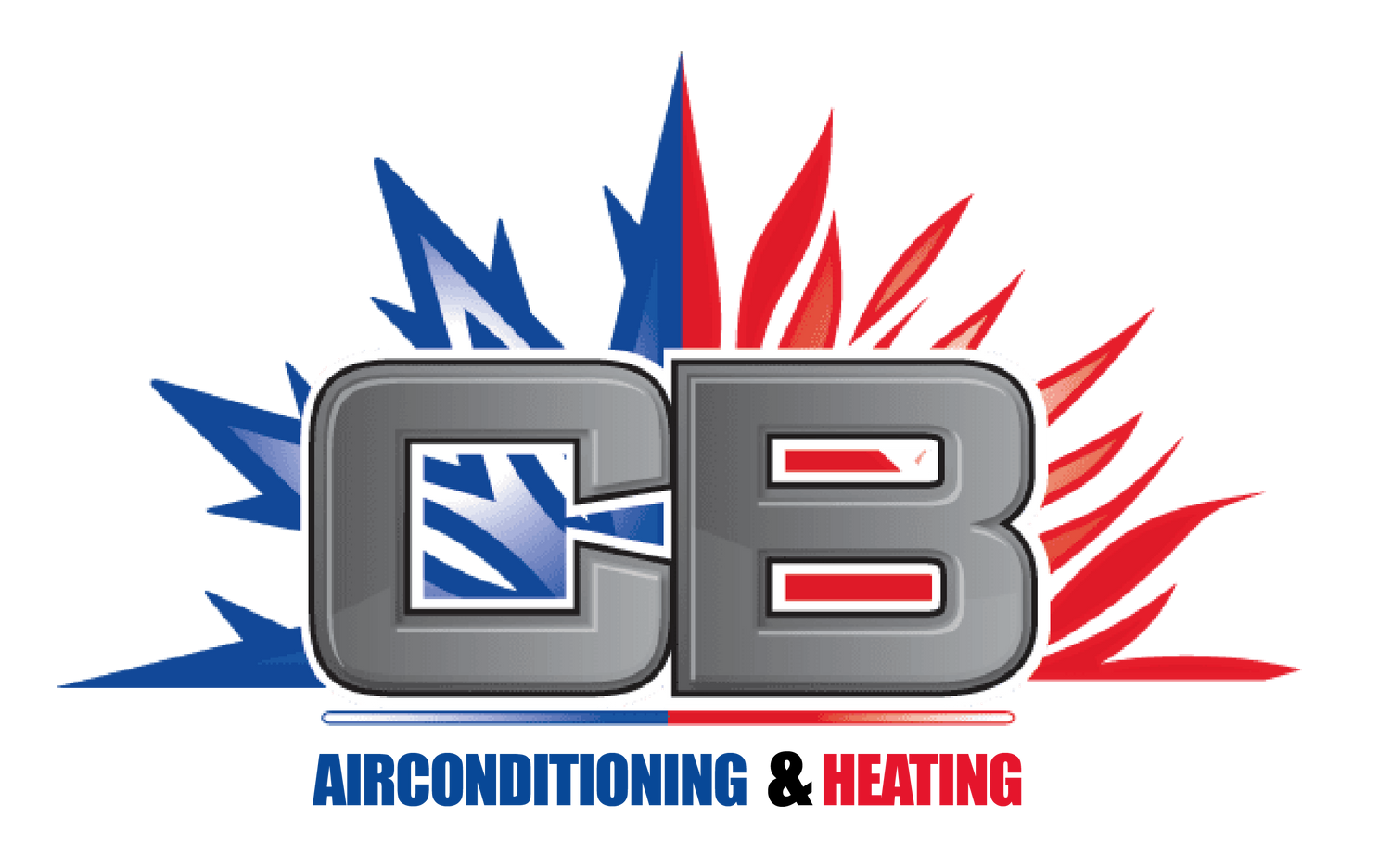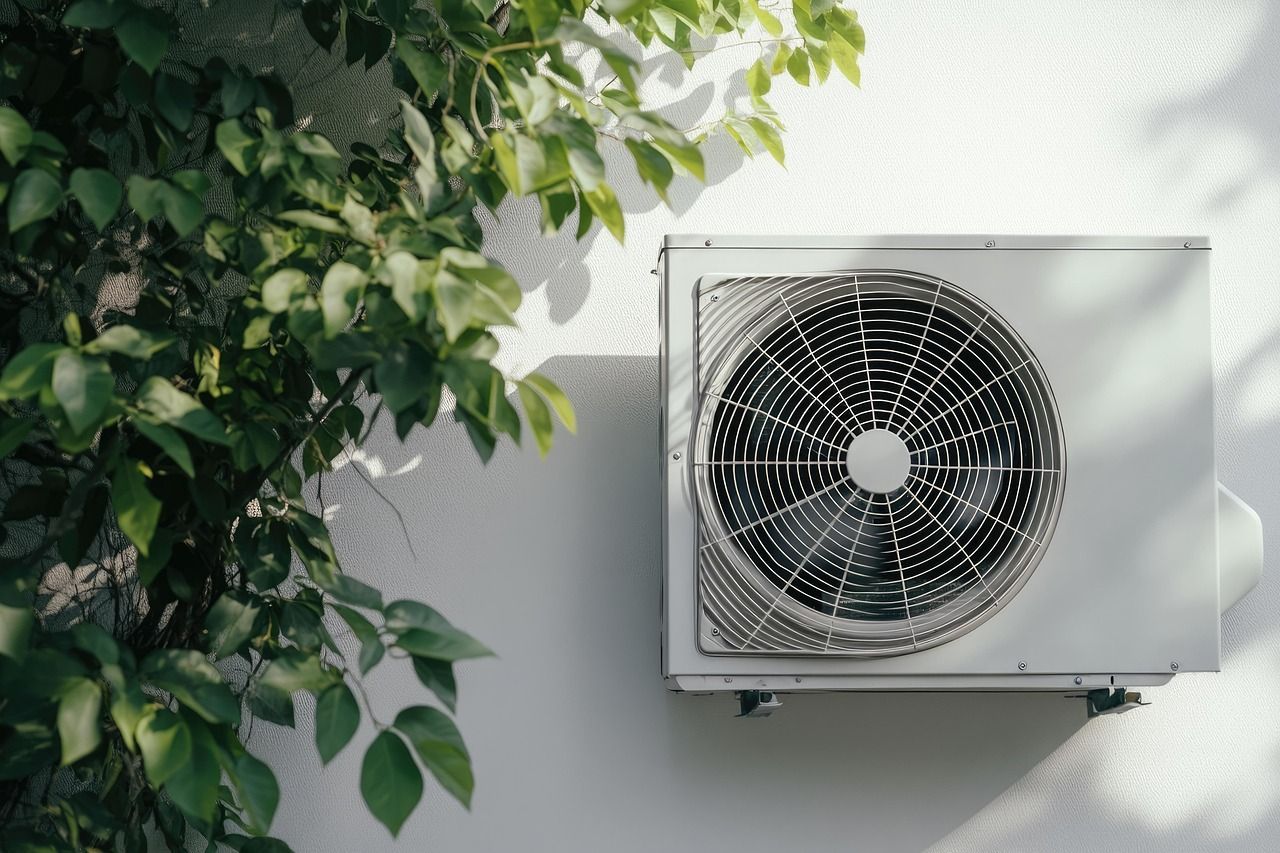How Air Conditioning Works: Science Answers!
When the Texas heat is relentless, the cool, dry air flowing from your vents feels like a miracle. But what exactly is happening inside that box outside your house and the unit in your attic? The process of air conditioning is not magic; it is a fascinating application of basic physics, primarily involving a chemical compound called refrigerant and a cycle of pressure changes.
Understanding how your AC works can help you appreciate its complexity and motivate you to keep it well-maintained.
The Four-Step Cooling Cycle

Your air conditioner works by moving heat from inside your home to the outside, not by creating cold air. This heat transfer is accomplished through a continuous, four-step cycle involving four main components: the evaporator, the compressor, the condenser, and the expansion valve.
| Component | Location | Function in the Cycle |
|---|---|---|
| Evaporator Coil | Inside (in the air handler) | Absorbs heat from your indoor air. |
| Compressor | Outside (in the condenser unit) | Pressurizes the refrigerant, raising its temperature. |
| Condenser Coil | Outside (in the condenser unit) | Releases the heat absorbed from inside to the outside air. |
| Expansion Valve | Between the condenser and evaporator | Lowers the pressure of the refrigerant, cooling it down. |
Step 1: Heat Absorption (The Evaporator)
The cycle begins inside your home. Warm air from your rooms is pulled into the air handler and blown across the evaporator coil. Inside this coil, the refrigerant is a cold, low-pressure liquid. As the warm air passes over the coil, the refrigerant absorbs the heat, causing it to boil and turn into a low-pressure gas. This is the moment your indoor air is cooled and dehumidified before being blown back into your home.
Step 2: Pressure and Temperature Boost (The Compressor)
The now warm, low-pressure gaseous refrigerant travels to the outdoor unit, where it enters the compressor. The compressor is essentially a powerful pump that squeezes the refrigerant gas. This compression dramatically increases the pressure and, consequently, the temperature of the refrigerant, turning it into a hot, high-pressure gas.
Step 3: Heat Release (The Condenser)

The hot, high-pressure gas then flows through the condenser coil, which is the large coil wrapped around the outdoor unit. A fan pulls outdoor air across this coil. Because the refrigerant is now hotter than the outside air, the heat naturally transfers from the refrigerant to the outside air. As the refrigerant releases its heat, it cools down and condenses back into a high-pressure liquid.
Step 4: Ready to Cool Again (The Expansion Valve)
Finally, the high-pressure liquid refrigerant travels back toward the indoor unit. Before entering the evaporator coil, it passes through a tiny opening called the expansion valve (or metering device). This valve rapidly drops the pressure of the refrigerant. This sudden drop in pressure causes the refrigerant to flash-cool, turning it back into the cold, low-pressure liquid state it started in, ready to absorb more heat from your home.
The Bottom Line
Your air conditioner is a sophisticated heat pump that continuously cycles refrigerant to move heat out of your home. By understanding this process, you can see why maintaining the system—especially keeping the coils clean and ensuring the refrigerant level is correct—is so vital to its efficiency and your comfort. A well-maintained AC unit is a well-oiled machine, ready to battle the Weatherford heat year after year. If your unit is struggling, you may need an Air Conditioning Repair.
Ready for Reliable HVAC Service?
If you need reliable, expert air conditioning service in Weatherford, TX, or if you're looking for comprehensive heating solutions for the cooler months, don't hesitate to reach out.
Need Service Now?
- For immediate issues, schedule an Air Conditioning Repair or Heating Repair.
- Considering an upgrade? Learn about our Air Conditioning Installation and Heating Installation services.
- Keep your system running smoothly with AC Maintenance or Heating Maintenance.
- We also specialize in Furnace Repair and Replacement and Heat Pump Repair and Replacement.





